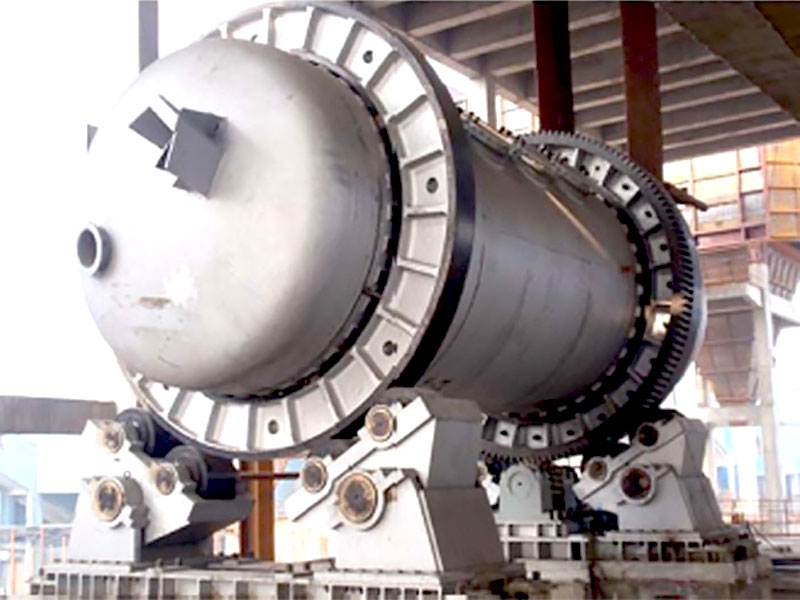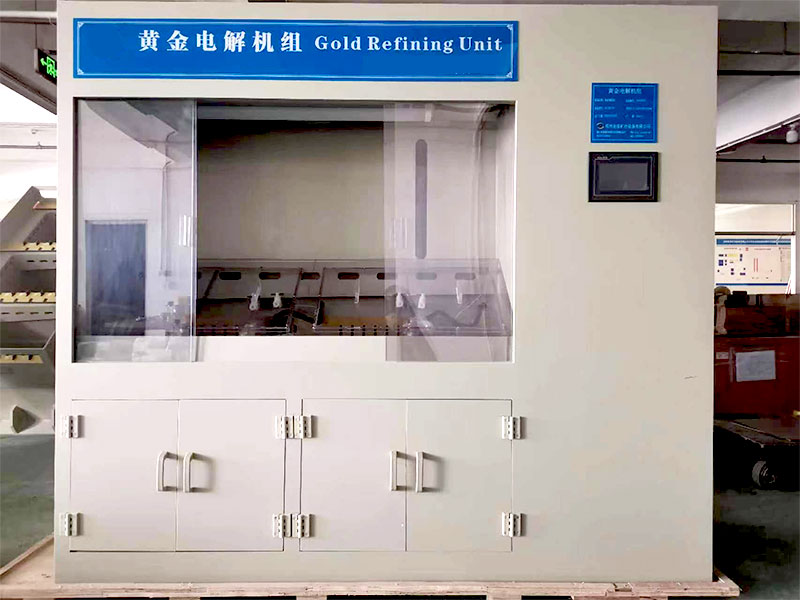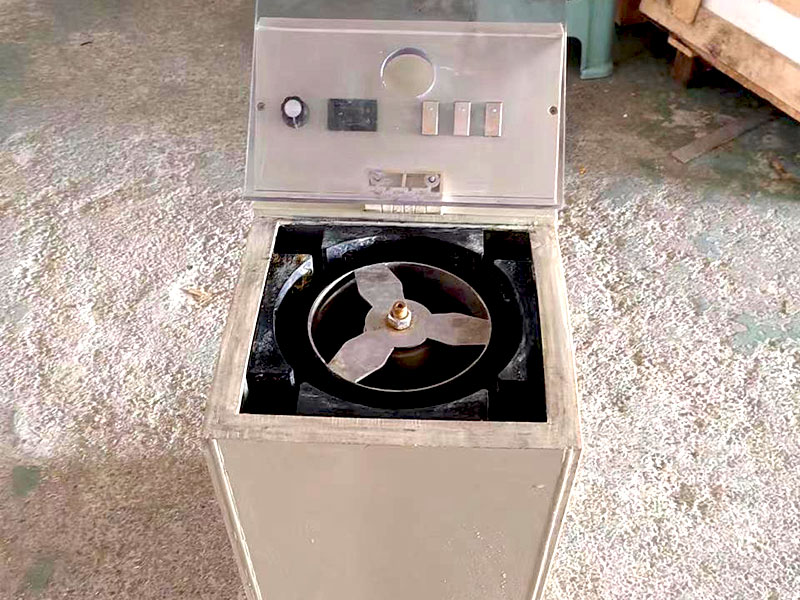smelting gold

Smelting gold is a fundamental process in gold extraction and refining. It involves heating gold ore to separate the gold from other materials. This method has been used for centuries and remains crucial in the modern gold industry. This article delves into the process of smelting gold, exploring its techniques, benefits, and key considerations.
Introduction to Smelting Gold
Smelting gold is a high-temperature process used to extract gold from ore or concentrate. The goal of smelting is to separate gold from other elements, such as impurities and other metals, to produce pure gold. This process is essential for transforming raw gold-bearing materials into valuable, high-purity gold ready for further use.

The Smelting Process of Gold
Preparation of Gold Ore
Before smelting gold, the ore must be prepared. This preparation involves crushing and grinding the ore to increase the surface area for more efficient smelting. The finely ground ore is then mixed with flux, a substance that helps to remove impurities during the smelting process. Flux typically includes materials like borax and soda ash, which react with impurities to form slag.
Heating and Melting
The prepared ore is then heated in a furnace to temperatures that exceed the melting point of gold, approximately 1,064 degrees Celsius (1,947 degrees Fahrenheit). During this process, the gold melts and separates from the slag and other impurities. The use of a furnace that can reach and maintain these high temperatures is crucial for effective smelting.
Separation of Gold from Impurities
As the gold melts, it collects at the bottom of the furnace, while impurities and slag float to the top. The slag is removed, leaving behind molten gold. This separation ensures that the final product is as pure as possible. The molten gold is then poured into molds to cool and solidify, resulting in gold ingots or bars.
Techniques in Smelting Gold
Traditional Smelting Methods
Traditional smelting methods have been used for centuries and involve using simple furnaces or kilns. These methods rely on direct heating and manual removal of slag. Although effective, traditional smelting methods are less precise and may not achieve the same level of purity as modern techniques.
Modern Smelting Technologies
Modern smelting technologies have significantly advanced the process of smelting gold. Techniques such as induction smelting use electromagnetic induction to heat the gold ore. This method offers precise temperature control and improved efficiency. Electric arc furnaces are another modern technology that uses electrical currents to generate high temperatures, enhancing the smelting process.


Benefits of Smelting Gold
High Purity Gold
One of the main benefits of smelting gold is the production of high-purity gold. By effectively separating gold from other materials, smelting ensures that the final product meets the necessary quality standards for various applications, including jewelry, electronics, and investment.
Efficient Processing
Smelting gold is an efficient method for processing large quantities of ore. Modern technologies and methods improve the efficiency of the smelting process, reducing the time and resources required to produce pure gold. This efficiency is crucial for meeting the demands of the gold market.
Considerations and Challenges
Environmental Impact
Smelting gold can have environmental impacts, such as the release of harmful gases and the production of waste materials. Proper management and mitigation strategies are necessary to minimize these impacts. Many operations are adopting more environmentally friendly practices and technologies to address these concerns.
Safety and Health Risks
The smelting process involves working with high temperatures and potentially hazardous materials. Safety measures must be in place to protect workers from burns, fumes, and other risks associated with smelting. Proper training and protective equipment are essential for ensuring a safe working environment.
Smelting gold is a vital process in the gold industry, enabling the extraction of pure gold from ore and concentrate. The process involves preparing the ore, heating it to separate gold from impurities, and using advanced techniques to achieve high purity. Despite challenges such as environmental impact and safety risks, advancements in smelting technology continue to improve efficiency and reduce negative effects. As the gold industry evolves, smelting remains a crucial step in producing high-quality gold for various applications.















